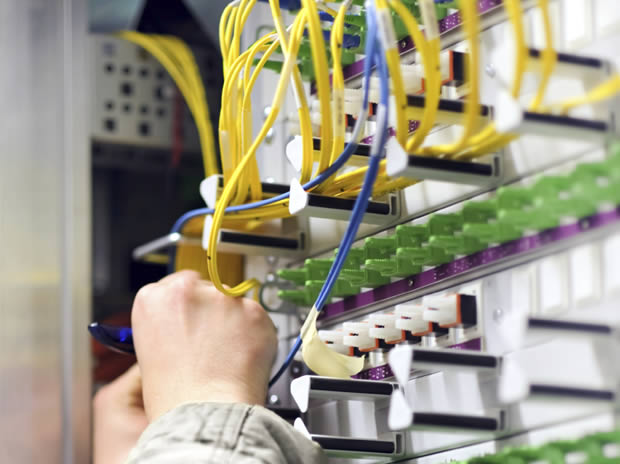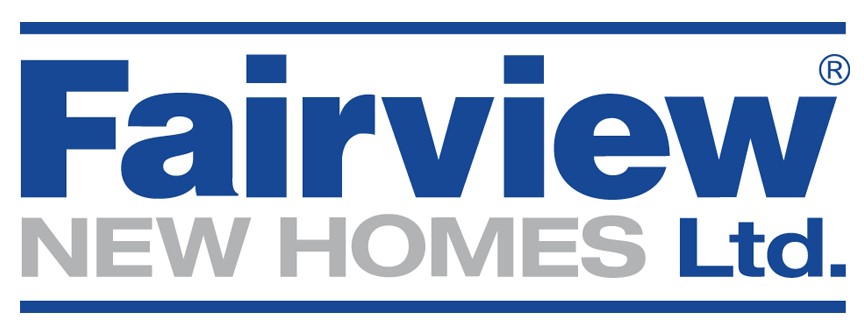
Commercial IT Network
System Installation
Helping businesses to cope with the challenges presented by the evolution of data networks through our IT Network installation service
What We Offer
At London IT Networks, helping businesses navigate the evolving world of data networks is important to us. From high-speed, low-latency, and secure solutions to the latest in distributed networking technology, we provide top-tier Installation services to keep your business connected and future-ready.

Tailored IT Network Solutions
We meet all your data and converged network needs, offering system upgrades, migrations, new installations and ongoing support.

Innovative IT Network Design
Our design and implementation services help businesses leverage emerging technologies such as 5G, private edge computing and distributed networks.

Strategic Mitigation Planning
We assist clients in planning and migrating to internet-based networking, capitalising on AI-driven solutions for enhanced performance.

Next-Gen Wireless Solutions
We design and deploy systems to maximise the benefits of Gen 6 and upcoming Gen 7 wireless solutions, alongside low-power, wide-area networks (LPWANs).
Access Secure, Scalable and Innovative Network Solutions
Why Choose London IT Networks?
With over 30 years experience, we offer a comprehensive range of network solutions, along with supporting during the planning stage of your project, we will also design, install, test, commission, along with providing ongoing support tailored to your business needs.

Standards Compliant
With a proven track record, we specialise in the installation of fully standards-compliant network solutions tailored to meet the unique needs of organisations of all sizes.
Award Winning Services
Our Network services team is highly experienced and fully accredited while providing SLA governed hardware break/fix services and dedicated technical staff for reliable support.
Experienced IT Technicians
With over 30 years of experience, London IT Networks is your trusted partner for secure, scalable, and innovative network solutions across the UK and Europe.
Cisco Premier Partner
As a Cisco Premier Certified Partner we help Clients to maximise the output and performance of their existing services, and to ensure that all future investment is fully fit for purpose both now and in the future
FAQ's
Still have questions?
We aim to minimise downtime and disruptions to your operations. Most installations and upgrades can be scheduled outside of your regular business hours to ensure continuous productivity.
Yes, we cater to businesses of all sizes. Whether you’re a small office or a large corporation, we can customise networking solutions to meet your specific needs.
Absolutely! We specialise in assessing your existing infrastructure and recommending hardware, software, and architectural upgrades to improve performance, scalability, and security.
Yes, we offer ongoing network maintenance, including performance monitoring, software updates, security patches, and hardware upgrades to ensure your network remains reliable and secure.
Yes, we design networks with scalability in mind. Whether you’re adding more employees, expanding to new locations, or increasing your cloud presence, we ensure your network can grow with you.
Our Clients





Upgrade Your IT Network Systems With London
IT Networks
High-Performance, Tailored IT Network Installation To Meet Your Businesses Needs
